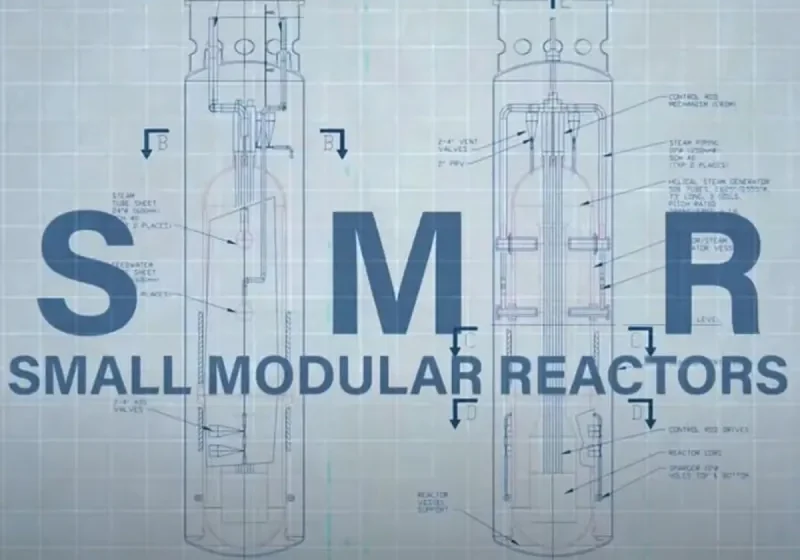
Nuclear Power review expands beyond Oklahoma
Just as Oklahoma and its corporation commission assess the possibilities of development of nuclear power in the state, Florida does the same thing.
Oklahoma ordered its study through legislative action. Florida House leaders move through committee-driven exploration instead. Both states face rising demand curves and electric grid stress pressure as peak consumption accelerates. Therefore, both states track long term supply risk and planning architecture.
Florida focuses on technical economics and future demand
While Oklahoma’s study was ordered as the result of a bill passed in the legislature, the Florida House of Representatives does it through a study. The House Economic Infrastructure Subcommittee recently held a hearing into exploration of how the state can remain ahead of growing energy demand and whether nuclear power might be the solution. Lawmakers want clear economic math before authorizing next generation nuclear investments. Energy analysts warn natural gas price volatility could increase long term strain. Nuclear could stabilize price floors even during commodity turbulence seasons.
Florida Politics reported that Cayce Hinton of the Florida Public Service Commission presented findings from a study commissioned by the Legislature to evaluate the technical and economic feasibility of using advanced nuclear power technologies, including small modular reactors, to meet the state’s electrical power needs. Hinton argued SMRs scale faster, deploy faster, and produce reliable baseload without requiring massive land footprints. Additionally, SMR designs reduce water usage demand which matters inside coastal state climate models.
SMR momentum extends across multiple states
Small modular reactors are also being explored in Kansas where tech billionaire Bill Gates proposed locating one of his projects. At least two eastern counties in Kansas campaign to win the choice. SMR competition across states accelerates. States now treat nuclear like economic development incentive hunting because each deployment translates to long term jobs, capital formation, and generational tax base expansion. Hinton said, “Versatility is also a key feature.” He argued SMR architecture could serve large cities, industrial zones, and rural regions that require strong power capacity without giant megasite sprawl.
Oklahoma Energy closely tracks nuclear position shifts
Oklahoma Energy policy leaders monitor this closely because nuclear positioning influences wind, solar, natural gas and storage investment stacks. Nuclear can reduce carbon exposure without harming reliability. Nuclear also stabilizes grids when intermittent renewables underperform during low wind cycles. Decision makers in Oklahoma understand this dynamic. Florida’s parallel process creates external benchmark comparisons for Oklahoma’s commission as they draft long range decision frameworks.
2026 legislative cycle becomes national pivot point
Nuclear enters national competitive phase during the next two years. Grid models show capacity risk spikes in multiple states. SMR technology price curves decline as private capital floods into early stage designs. Florida and Oklahoma therefore stand inside a synchronized moment in energy strategy. Both states test nuclear not as nostalgia, but as future stability architecture. Nuclear returns as a primary tool in the next generation clean reliability stack.
Click here for Florida Politics

